Beer snobs in states where grocers could offer only low-alcohol brands are raising their mugs to stronger brews thanks to updated laws.
But the changes could indirectly chill the industry in two others where such regulations remain.
Rules that went into effect in Oklahoma in October allow grocery, convenience and retail liquor stores to sell chilled beer with an alcohol content of up to 8.99 percent. Previously, grocery and convenience stores could offer only 3.2 percent beer. Liquor stores, where stronger beers were available, were prohibited from selling it cold.
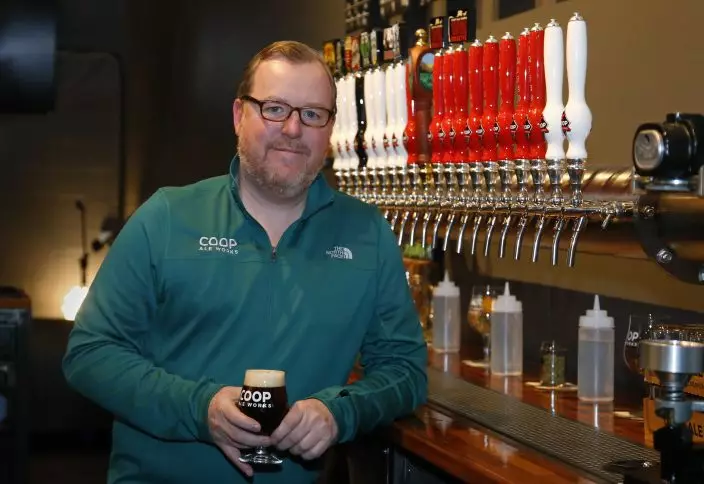
Sean Mossman, director of sales and marketing for COOP Ale Works, poses for a photo in the COOP taproom in Oklahoma City, Friday, Jan. 18, 2019. Rules that went into effect in Oklahoma in October allow grocery, convenience and retail liquor stores to sell chilled beer with an alcohol content of up to 8.99 percent. Previously, grocery and convenience stores could offer only 3.2 percent beer. Liquor stores, where stronger beers were available, were prohibited from selling it cold. (AP PhotoSue Ogrocki)
Similar changes went into effect in Colorado Jan. 1 and will take effect in Kansas later this year. Now, Utah and Minnesota are the nation's only "baby beer" markets. That future of the nation's low-point beer market appears murky.
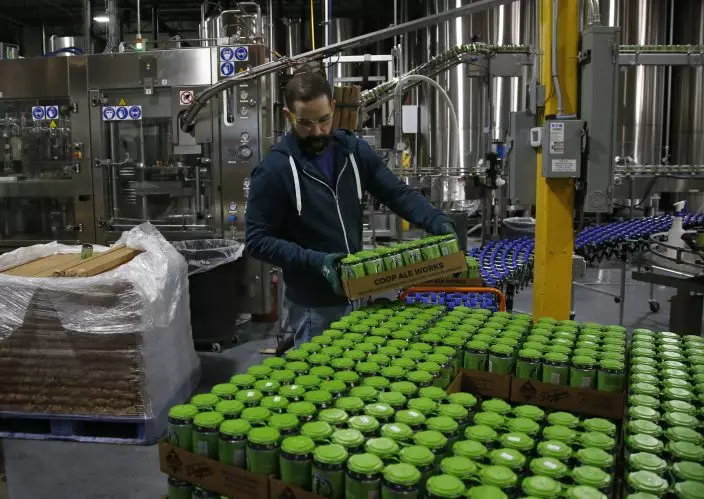
Josh Yager transfers cans of F5, one of their most popular brews, from the production line at COOP Ale Works in Oklahoma City, Friday, Jan. 18, 2019. Rules that went into effect in Oklahoma in October allow grocery, convenience and retail liquor stores to sell chilled beer with an alcohol content of up to 8.99 percent. Previously, grocery and convenience stores could offer only 3.2 percent beer. Liquor stores, where stronger beers were available, were prohibited from selling it cold. (AP PhotoSue Ogrocki)
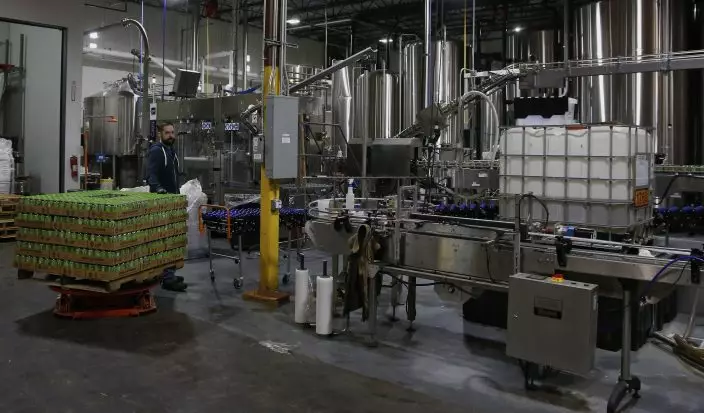
Josh Yager transfers cans of F5, one of their most popular brews, from the production line at COOP Ale Works in Oklahoma City, Friday, Jan. 18, 2019. COOP Ale Works, which distributes in six states including Oklahoma and Kansas, has discontinued two of its three 3.2 percent brews. (AP PhotoSue Ogrocki)
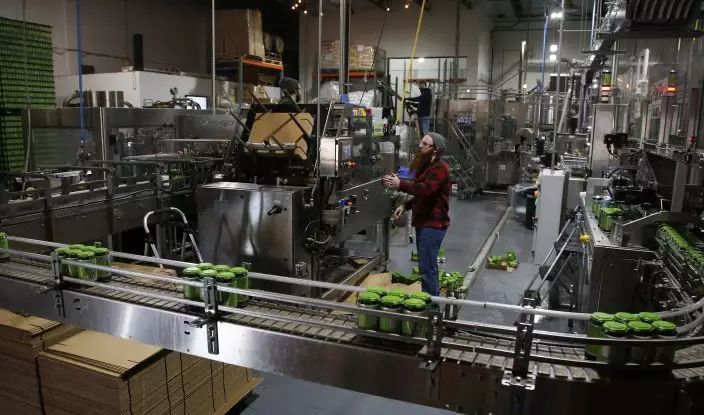
Darby Rose works on the packaging line at COOP Ale Works in Oklahoma City, Friday, Jan. 18, 2019. COOP Ale Works, which distributes in six states including Oklahoma and Kansas, has discontinued two of its three 3.2 percent brews. (AP PhotoSue Ogrocki)
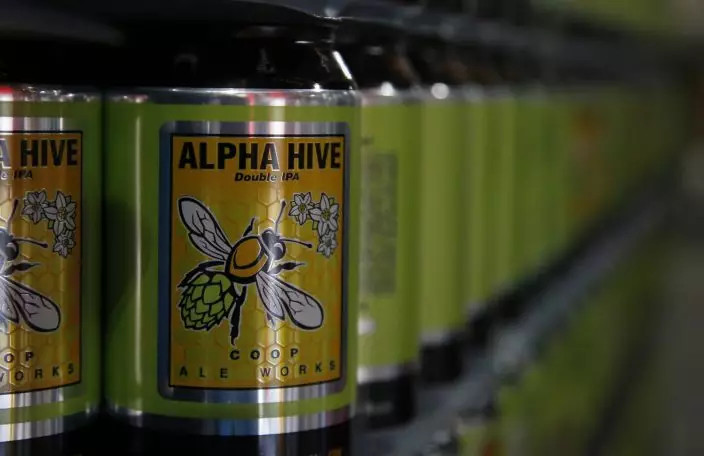
Cans of spring seasonal Alpha Hive Double IPA are ready to be filled with beer at COOP Ale Works in Oklahoma City, Friday, Jan. 18, 2019. COOP Ale Works, which distributes in six states including Oklahoma and Kansas, has discontinued two of its three 3.2 percent brews. (AP PhotoSue Ogrocki)


